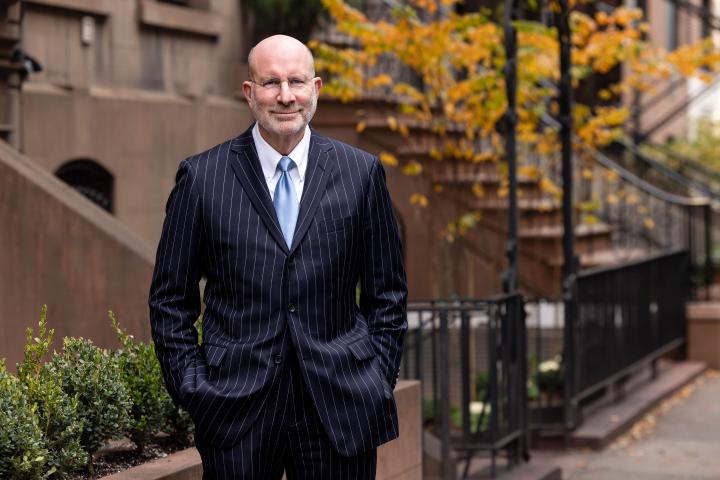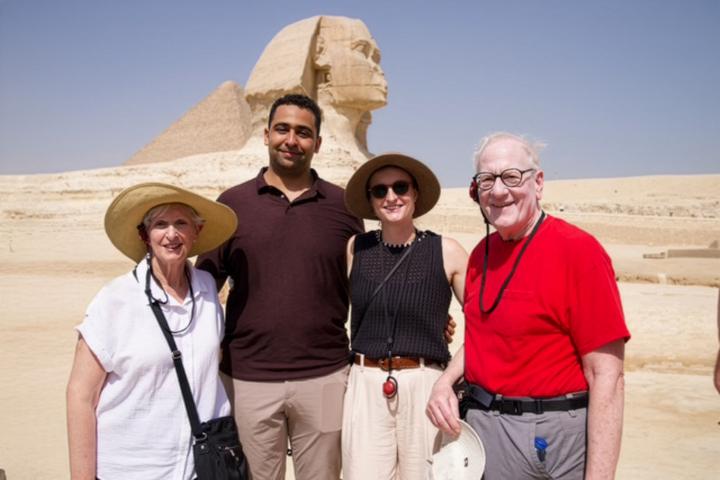
Triangle Fire Book Talk is March 21
Poignant stories linked to the Triangle Fire, which killed 146 workers – most of them women and some as young as 14 – continue to unfold 111 years after the tragedy, a pivotal moment in American history that helped spur labor reforms.
Family members of Triangle workers, scholars, teachers, writers and activists, many of whom tapped the Triangle Fire site managed by the Kheel Center for Labor-Management Documentation & Archives, have contributed to an anthology that will be published March 22 by New Village Press.
The public is invited to a 4:30 p.m. March 21 virtual book talk on “Talking to the Girls: Intimate and Political Essays on the Triangle Fire.” Register here for the event, organized by the Kheel Center of Catherwood Library. Catherwood, located in the ILR School, is part of Cornell University Library.
Kheel Center Director Wesley Chenault will moderate the discussion with book editors Edvige Giunta and Mary Anne Trasciatti and contributors Janette Gayle, Ellen Gruber Garvey and Michele Fazio.
In an interview, Giunta said the experiences of the Triangle Fire workers resonated with her students at New Jersey City University, where she teaches a course on the Triangle fire.
“I was working on the book when the pandemic started. Most of our students are first-generation college students from working-class, immigrant families, some from undocumented families. Many of them were essential workers during the pandemic. Contributor to Talking to the Girls Annie Lanzillotto told them during a classroom visit, ‘You are the Triangle Workers now.’ It was incredibly validating. It gave them a sense of dignity and power, while they were fighting for their lives, to use these terrible moments to push for what they deserve.”
Gayle, an assistant professor of history at Hobart and William Smith Colleges who teaches courses in African American, labor and women’s history, said she often gets “an amazed ‘Whaaat? There were Black women in the garment industry?’ People don’t realize that Black women were active in labor beyond agriculture and domestic work. There were 2,000 Black women dressmakers in New York City when the fire broke out. Why the pigeonholing into agriculture and domestic work? What purpose did that serve in the history of labor and the history of the United States?”
Gayle wrote the essay entitled “They Were Not There: A Rumination on the Meaning of the Triangle Shirtwaist Fire to Black Garment Workers in Early-Twentieth-Century New York City.” In her research at the Kheel Center and elsewhere, Gayle discovered that Black garment workers were among the first female Black workers to join unions and that they were also at the forefront of the civil rights struggle in New York.
Garvey, a professor emerita of English at New Jersey City University, wrote “The Triangle Factory Fire and the City of Two Who Survived,” which tells the stories of Abraham Bernstein, who testified on behalf of the factory owners, and Sophie Sasslovsky, fired for talking to a union organizer. Bernstein was the father of Garvey’s great-uncle and Sasslovsky was the mother of a community organizer in Garvey’s Manhattan neighborhood.
Fazio, an English professor at the University of North Carolina at Pembroke, authored “Remembering Family: Labor Activism and the Triangle Fire,” recovers her family’s untold history of labor activism, beginning with her grandmother, Angelina (Scelfo) Fazio, who witnessed the fire.
Trasciatti, a professor of rhetoric and director of the labor studies program at Hofstra University on Long Island, is president of the Remember the Triangle Fire Coalition, which has commissioned a memorial at the fire site that will be dedicated on March 25, 2023, the 112th anniversary of the fire.
Frances Perkins, who taught at the ILR School after serving for 12 years as U.S. labor secretary and shepherding New Deal legislation, saw the fire. It was “a catalyst for her work to promote widespread social change,” according to “The New Deal Began with My Grandmother Frances Perkins,” an essay written by grandson Tomlin Perkins Coggeshall and the Rev. Charles Hoffacker.
Chenault said the book underscores the fire’s global relevance today. “Like the new Triangle Fire memorial in Manhattan or the historical records at the Kheel Center, ‘Talking to the Girls’ invites engagement with a tragedy and its lasting legacy. It is a poignant, powerful call for participation in the upkeep of our collective memory.”


